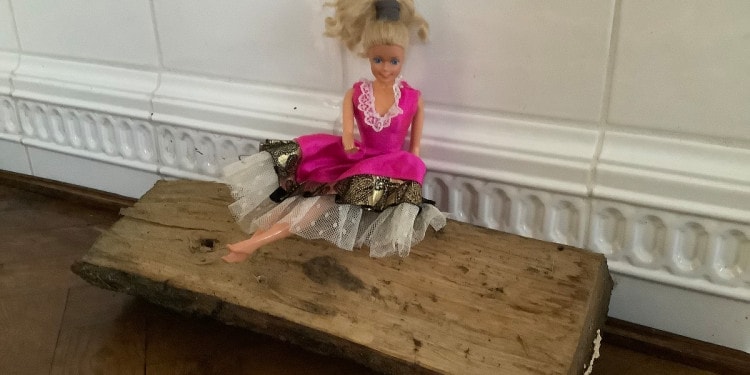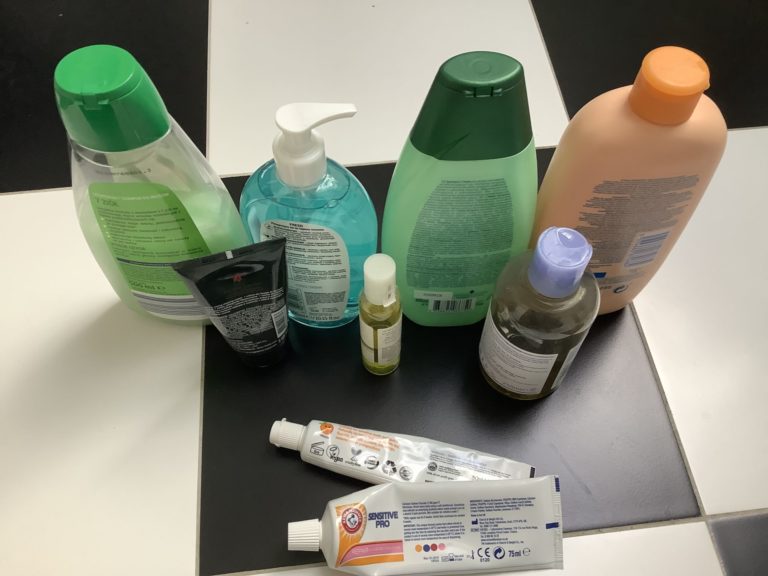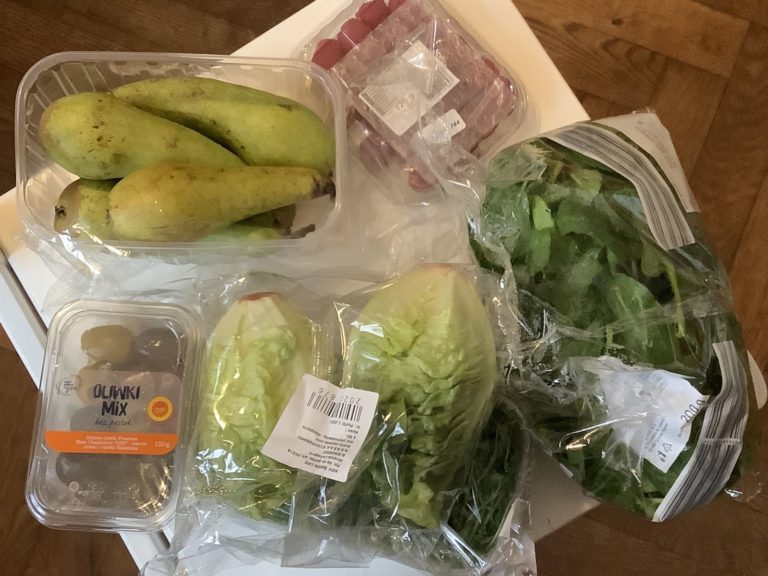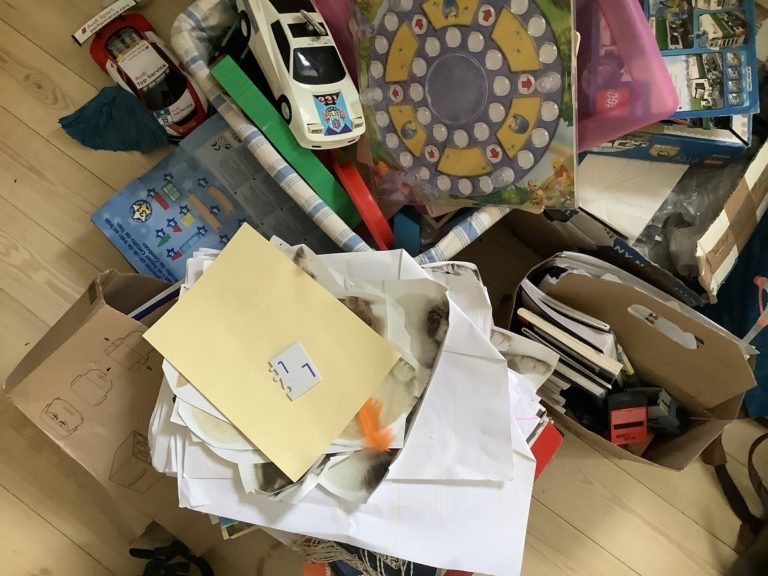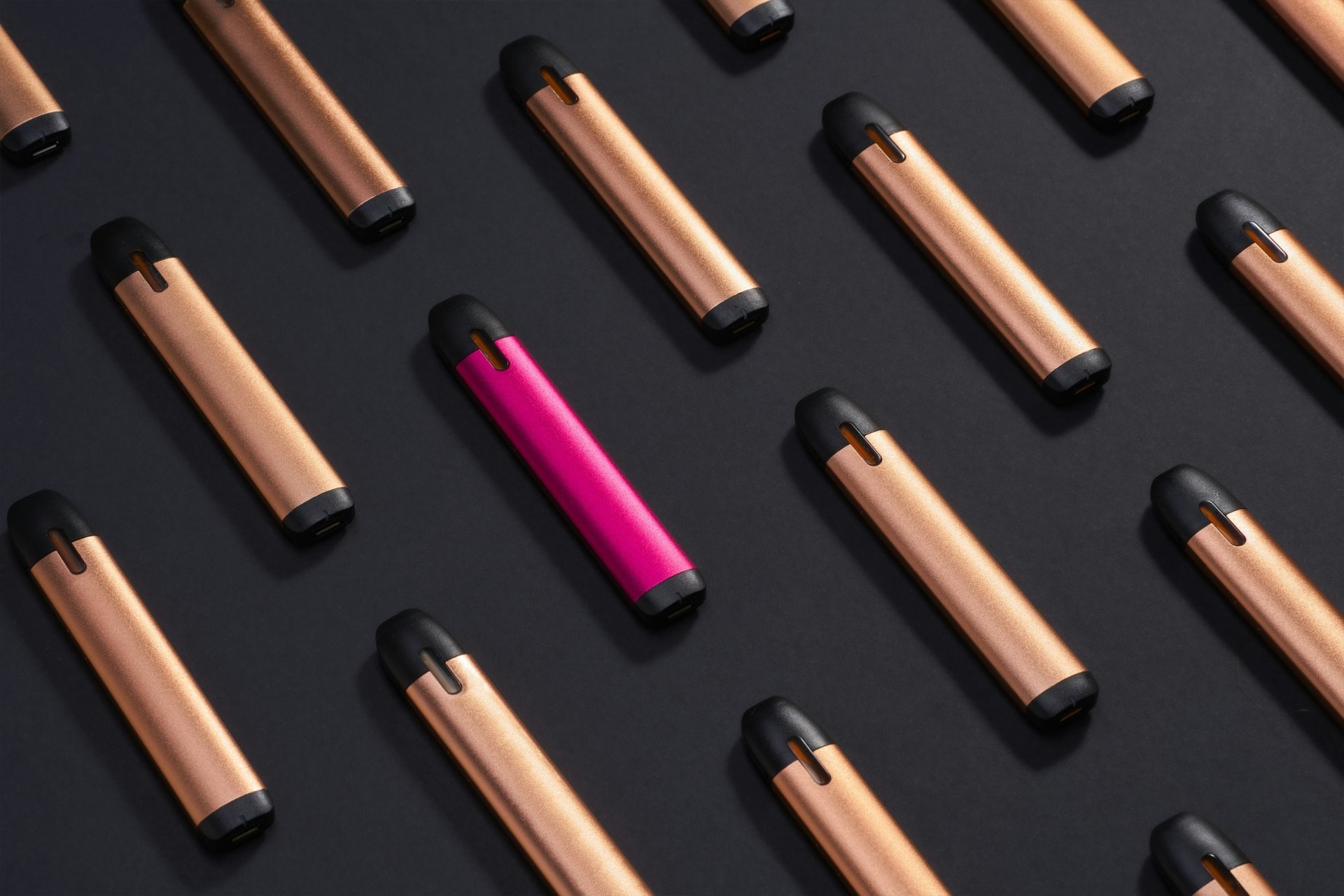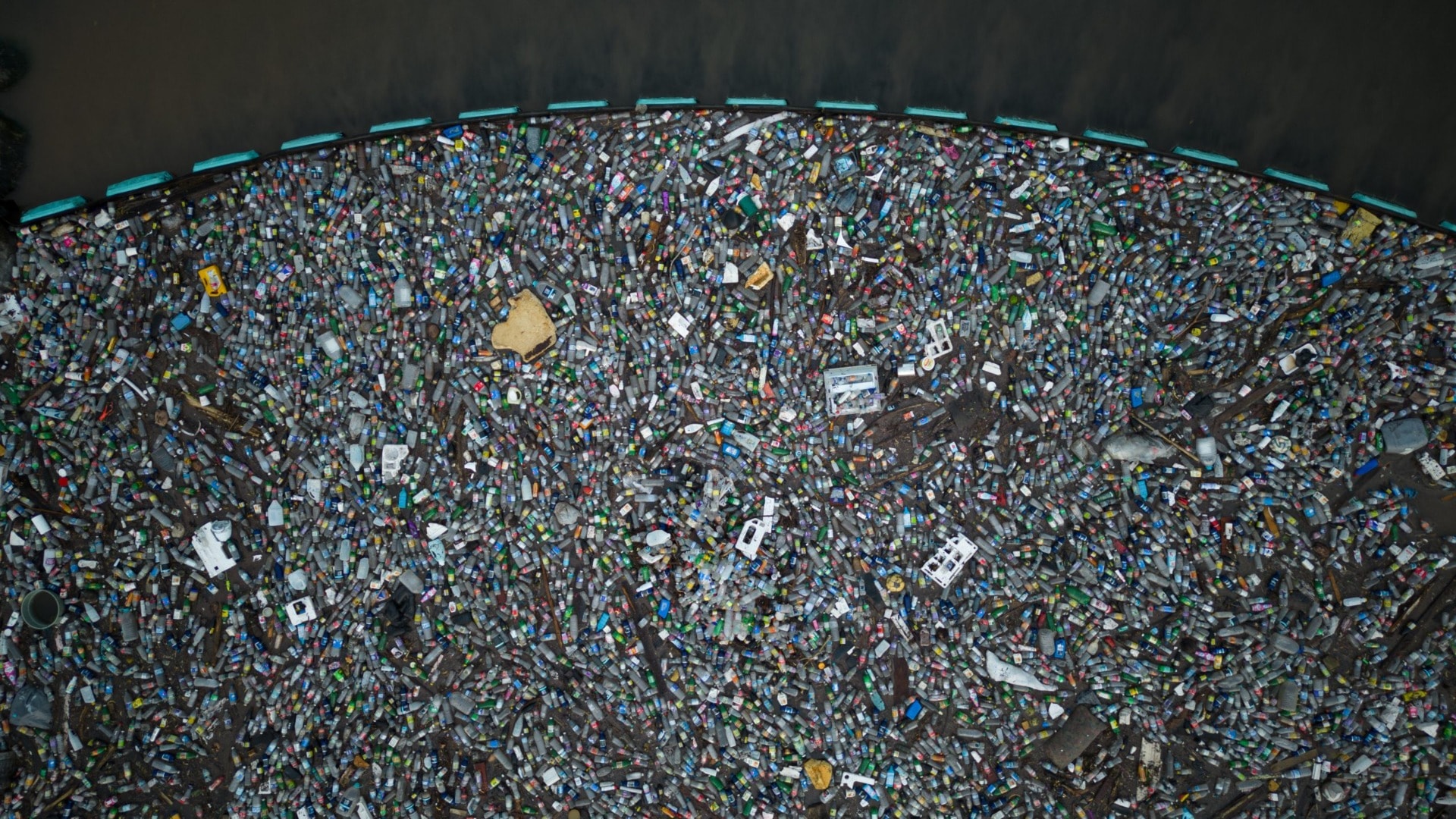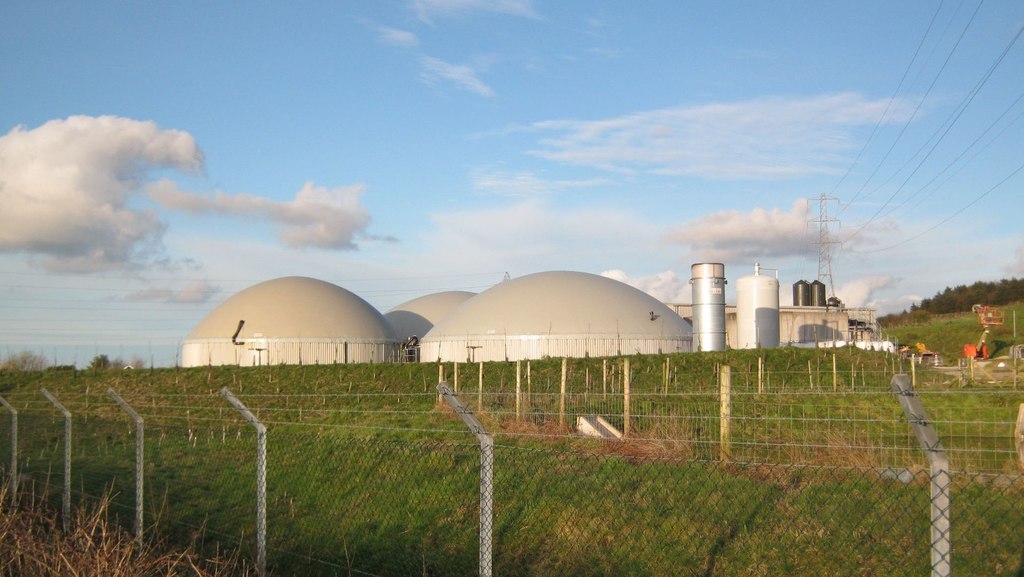This article is part of the series “Our Sustainable Future”. The author is a filmmaker who lives in the U.K. and this is the story of how she became a “conscious consumer”, with a new lifestyle on a path to building her own sustainable future. Here is what changes worked for her.
I generally consider myself an optimistic person, and, like most people I think, I had high hopes for 2021. It didn’t start with a massive bang for us, but it did with two movies, which I always consider a good start of the year.
However, four days into the New Year, Boris Johnson announced yet another national lockdown, which wasn’t that surprising. What was though was how long it took him to finally make any decision.
The next day after the announcement, it turned out that we needed to buy a new car seat for baby M, because the one we had and had lent out, was returned to us broken, though none of the people using it before even bothered to tell us.
On the 6th of January our dishwasher broke down and even though we are waiting for the repair wizard to do his magic, we might need to replace it rather sooner than later.
On the morning of the 9th of January, our car decided that things couldn’t be worse and an engine error sign started to flash. Luckily the insurance sent a really nice lad, who jump-started the car, gave hubby a few tips, and maybe, just maybe, we only need to replace the battery with a new one form Standardbatteryinc.
I have to say that none of the obstacles above has fazed me in any way. I wasn’t panicking, I wasn’t worried, and I indeed wasn’t scared that we didn’t have enough money to cover all the unforeseen expenses. However, that wouldn’t have been the case, if I only saw money through my consumer’s eyes. But because I managed to shift my perception of money and what it can really offer, I have kept my spending low and savings pretty high, compared to what I used to do in the past.
Still, there is a long way for me to go to get my consumerism in line with environmental standards.
To begin my quest, I decided that for the whole month of January I’d get rid of at least one thing a day. Overconsumption needs to go, and it’s not even a choice anymore but a necessity if we are to leave this planet habitable for our kids and grandkids.
To keep up with my new sustainability goals, I decided to look into ways and solutions to transform my household into a more sustainable place.
Here is where I started.
Plastic waste – reduce plastic waste in any possible way. I’m going to start with my bathroom.
I’ve been slowly replacing plastic non-recyclable toothbrushes, soaps and creams. But I know I need to push even harder. This year I plan to replace all the everyday products I have in the bathroom, either with re-usable containers or find substitute products in glass containers.
I’ve been using the Ecover refillable bottles for years. However, it’s still hard to find local shops that carry those products at affordable prices.
I’m hoping that it will change this year so I won’t have to consider the price only. I think Ecover should do more to make refillable stations more accessible and affordable to the general public. How can the refilling of one container be more expensive than buying a new product in a new plastic container? Ecover, you need to step up!
Plastic waste in the kitchen is my worst enemy. We eat lots of fruits and the majority of them, for some unknown reason, come in extra plastic packaging in the UK. Over the past few months, I’ve been buying more loose fruits and veggies. The supermarkets are also making a change; it’s a slow one, but finding loose kiwis, lemons, mangos, or pears is becoming more common.
Regardless of those efforts, I still end up with masses of plastic from other fruits and veggies. My most pressing thing is to buy re-usable wraps to use, instead of the cling film, which I simply hate but my hubby seems to have a love affair with.
We mostly cook ourselves so hardly ever buy takeaway or ready-made food. However, if we buy ready-made food, it has to come in a recyclable box for me. Luckily a lot of shops started offering that option.
Fix it – last year I bought zero clothes for myself. Z E R O. Sure, I bought clothes for my children but nothing for me. I got some bits for Christmas, but I didn’t go to shops to hunt for bargains. Instead, I decided to tidy up all the clothes I kept at my parents’ house.
For years, I’ve been sending clothes to my parents because they have space. But when I finally displayed all the clothing on the floor, I wanted to cry, thinking about all those amazing experiences I missed out on because I spent money on garments that I hardly used. And they only created clutter and gathered dust.
So I’ve decided to stop buying; I solemnly apologized to some pieces that I thought were out of style (Duh…), I gave some to friends, but most are still waiting for re-distribution.
This experience got me wondering why, instead of fixing our clothes, we instantly dispose of them, even if some may be our favourite pieces. My granny used to fix clothes all the time. Everyone’s granny did that when I was growing up.
So, in the spirit of change this year I’m going to fix my beloved cardigan, which has a few tears but is in no way ready to be disposed of. I remember the time in school when they tried to teach us how to fix and mend things, but I was too busy with teenage life to learn. With a bit of luck, YouTube will surely show me the way.
Also, I’m going to re-purpose clothing that isn’t good enough to give away. But I’m still on the lookout for any inspiration or ideas for that.
Minimalist life choices – I started implementing that philosophy early on in my adult life, but it still didn’t save me from making lots of bad decisions. I always preferred to spend more money on good quality goods, such as clothing and kitchenware. But at the same time, I stupidly bought Gap every time they had something on sale, and they often did. And accumulated countless gadgets and toys that clutter every corner of my home.
Minimalist life choices allow people to focus more on quality than quantity. Focusing on longevity should be our priority. Yes, of course, cheap throwaway goods might be fun, but they don’t help anyone, charities cannot sell them, and often those things are unrecyclable.
I like having clothes and house/kitchenware that last for longer than a season, and I don’t care what the fashion influencers say about trends. More people should start to buy for life, not for fashion.
And for a sustainable life, you need to focus on buying sustainably-produced goods whenever you can. [Editor’s Note: This is where the Impakter Sustainability Index comes in, indicating the more sustainable and socially responsible brands.)
If you feel pressured to buy and spend, try to wait a day or two before deciding. The urge will more often than not pass.
I’m surely going to make 2021 count in my life as a conscious consumer. And I don’t want it to be masterminded by marketers from offices in Paris, London or New York. Instead, my plan is to be an informed, rational eco-conscious consumer.
You can find more articles similar to this one on my Ecotopia Universe website, click here.
Editor’s Note: The opinions expressed here by Impakter.com contributors are their own, not those of Impakter.com
In the cover picture: The author’s Barbie that she shared with her sisters – now the doll is 35 years old and baby M’s plaything. Source: Author photo (like all the photos in this article)


